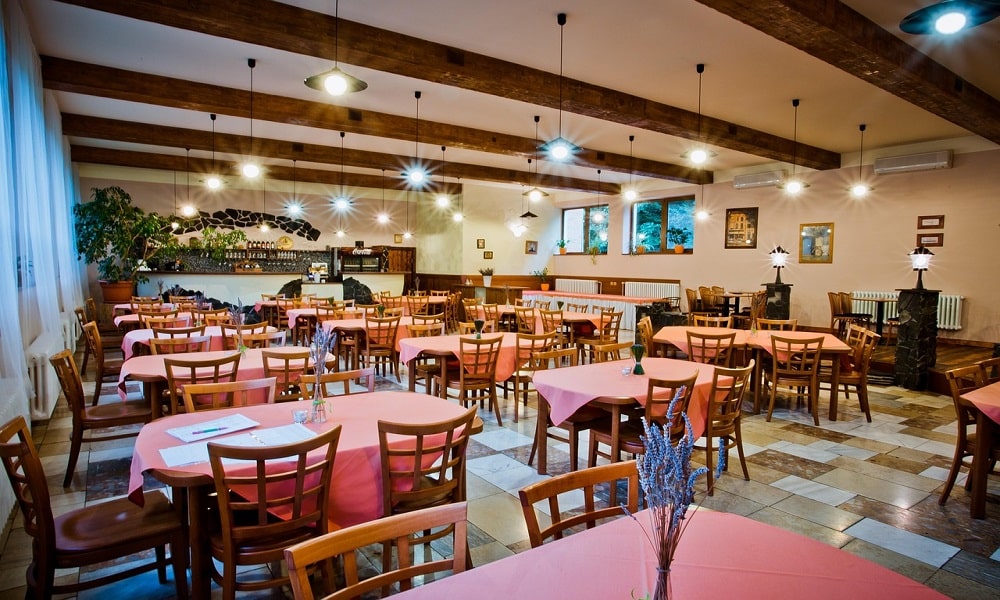Trained staff means smoother restaurant operations and happy guests. When turnover is high as it is, and as difficult as it can be, a Learning Management System (LMS) can help. These platforms make training more seamless, productive, and fun. Let’s explore a few of the best LMSs that help you reduce turnover in the restaurant industry.
Understanding LMS in Restaurants
An LMS is an online (digital) training and education interface. Restaurateurs leverage these systems to train staff faster and ensure they deliver the same information across different locations. The best LMS for restaurants can eliminate wasting time, prevent administrative mistakes, and help retain your staff to ensure they feel confident and skilled in their work.
Why Staff Training Matters
There must be training in food production of all kinds. It guarantees employees know their roles, which enables better service and smoother operations. Appropriate training also boosts staff morale, as they gain confidence that they are valuable to the company and equipped enough to do the job efficiently. Workforce turnover, in turn, declines as personnel are likely to remain in a nurturing and cognizant atmosphere.
Top Features to Look For
Here are the features to look for when choosing an LMS for a restaurant.
1. User-Friendly Interfaces
The LMS should have a user-friendly and straightforward interface. Courses and materials should be easy for staff to access and navigate. It ensures that the students will learn and discover how the system works.
2. Mobile Accessibility
Since restaurants can be very fast-paced, staff should be able to find training materials on their phones. With this flexibility, they can learn from either work or home.
3. Diverse Content Formats
An impactful LMS comprises a variety of content, such as videos, quizzes, and interactive modules. The diversity of instruction in these topics also appeals to different learning styles and maintains an engaging and productive training process.
4. Progress Tracking and Feedback
Detailed progression monitoring is great for management. This feature identifies all the skills that employees are experts in or those who need extra support. Giving immediate feedback can boost confidence and results.
5. Customizable Training Programs
Each restaurant is going to require its training specifics. A customizable LMS prevents training programs from becoming just another box to check, but instead aligns with specific operational goals and adheres to brand standards. This personalized approach allows for more relevance and effectiveness in the training.
6. Cost-Effectiveness
A low-cost LMS can be a good investment. Although some systems may have an implementation cost, the long-term savings on not finding new staff and increased efficiency will likely far exceed these costs.
7. Integration with Existing Systems
Incorporating a system that engages with tools already used (scheduling, payroll, etc.) helps smooth the operational side even more. Such integration minimizes the administrative effort and ensures consolidated management.
8. Scalability
Training needs can also evolve as restaurants scale. An LMS must be scalable with the growth of the business. This flexibility enables the system to stay relevant and valuable over time.
9. Compliance and Certification
Training in food safety and compliance is a necessity in the restaurant industry. An LMS that provides certification courses guarantees that employees comply with industry standards and limits violations.
10. Continuous Learning Opportunities
Promoting a culture of lifelong education keeps employees informed about the latest developments in the industry and the skills required. An LMS that provides continuous training resources creates a culture of growth and development.
11. Multilingual Support
In a workplace that consists of a diverse population, multi-lingual support can be a considerable plus. Training in different languages also ensures material clarity for all the staff involved since language can be a barrier.
12. Engaging Gamification
The LMS allows you to add gamification elements like badges, leaderboards, etc., to make the training more engaging. This practice encourages staff to achieve courses at a competitive level in a healthy manner for an enjoyable experience.
Conclusion
Choosing a suitable LMS can work wonders when handling restaurant training processes and employee retention. Managers can nurture a supportive learning environment by emphasizing features that meet the specific needs of the restaurant industry. It helps with attrition and also provides better service and efficiency. A suitable LMS is thus an investment that pays dividends later in the restaurant’s future success.


